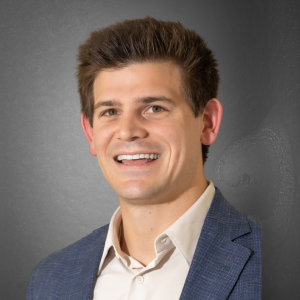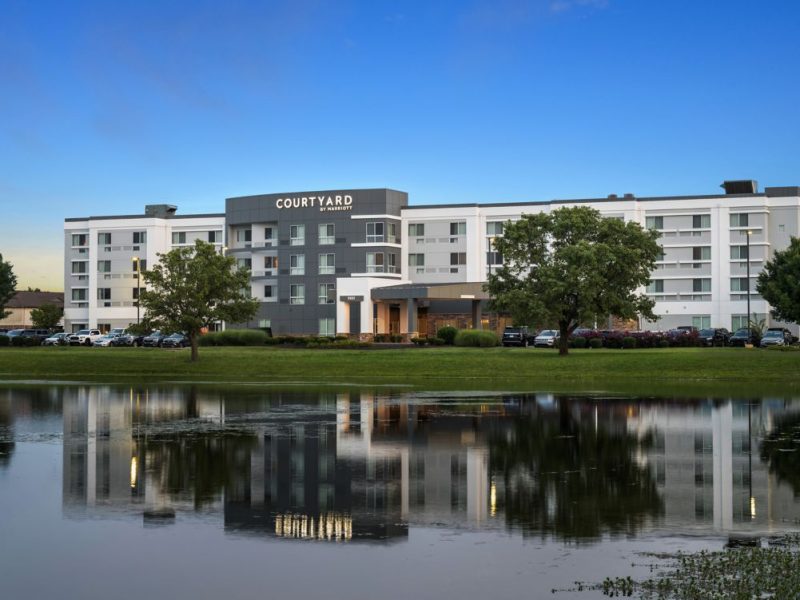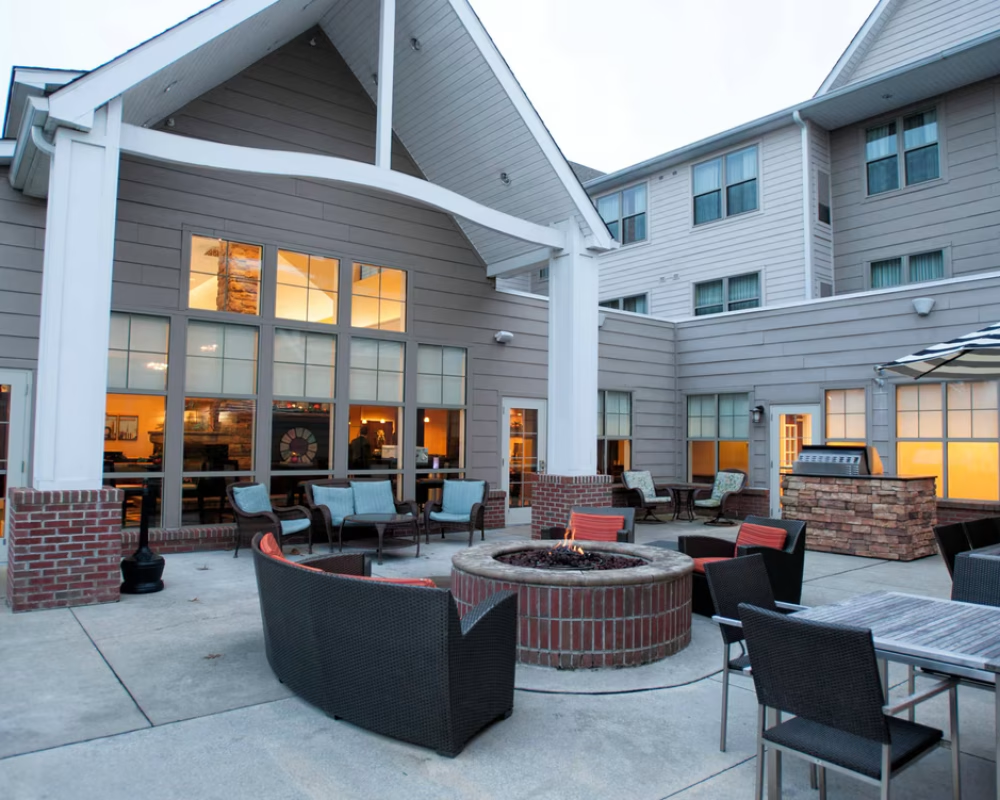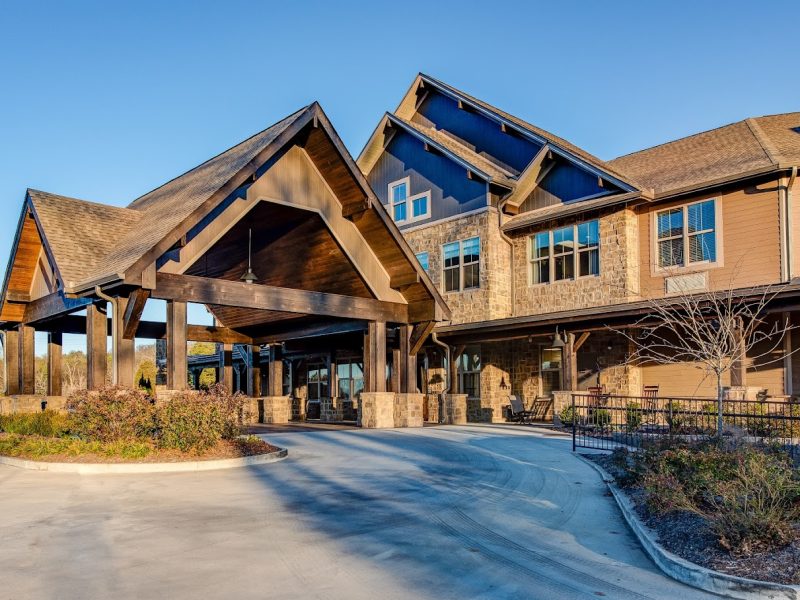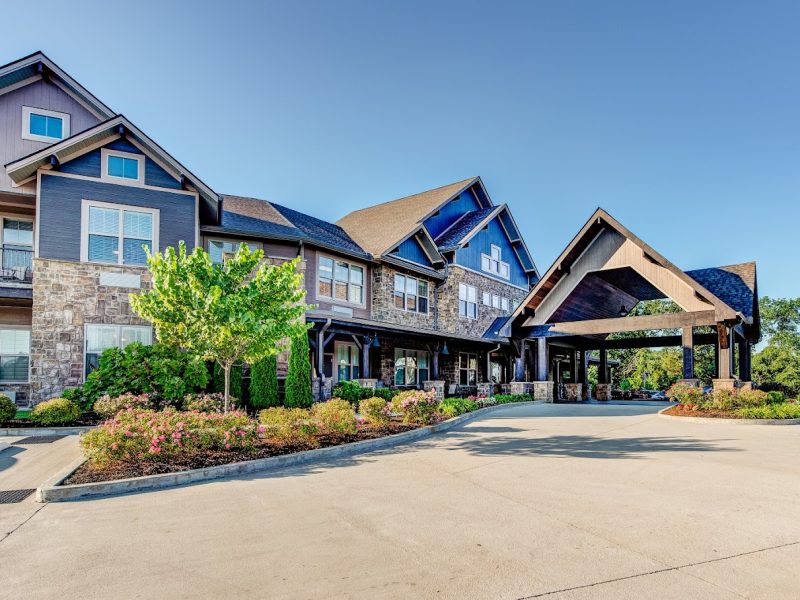mpi family office
Founded in 2015, MPI Family Office has a rich history of delivering generational family wealth across United States in the industries of Multifamily apartments, private pay Senior Living facilities, Hotels. Hotel conversions to value apartment
Collaborate with other Family Offices
High network families
Partner together for business and acquisitional
High network family seeking for services and solutions.
Over the years, we have grown and evolved, expanding our expertise and offerings to meet the changing needs of our clients and the industry. Our journey is marked by milestones of success, innovation, and a relentless pursuit of excellence.




